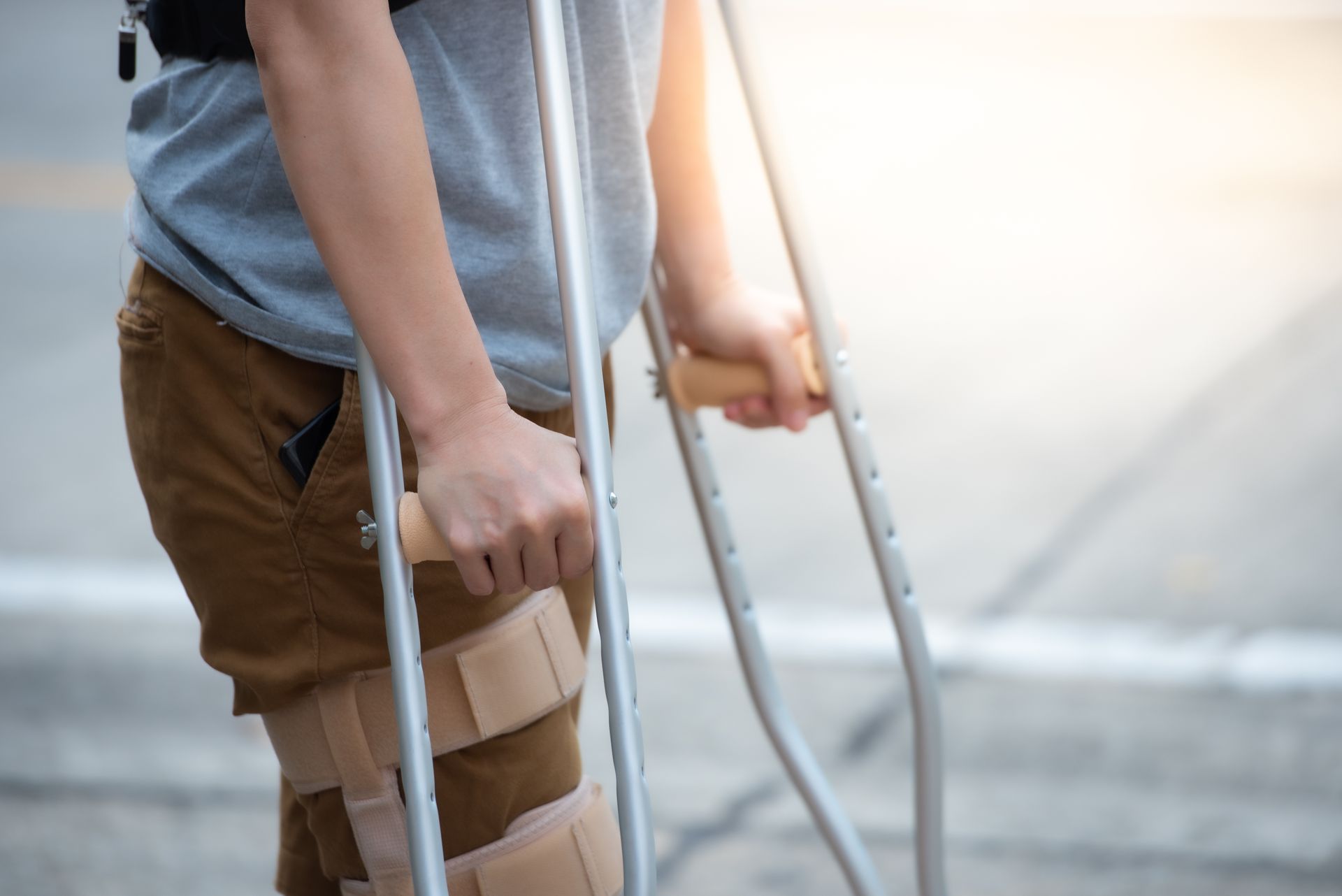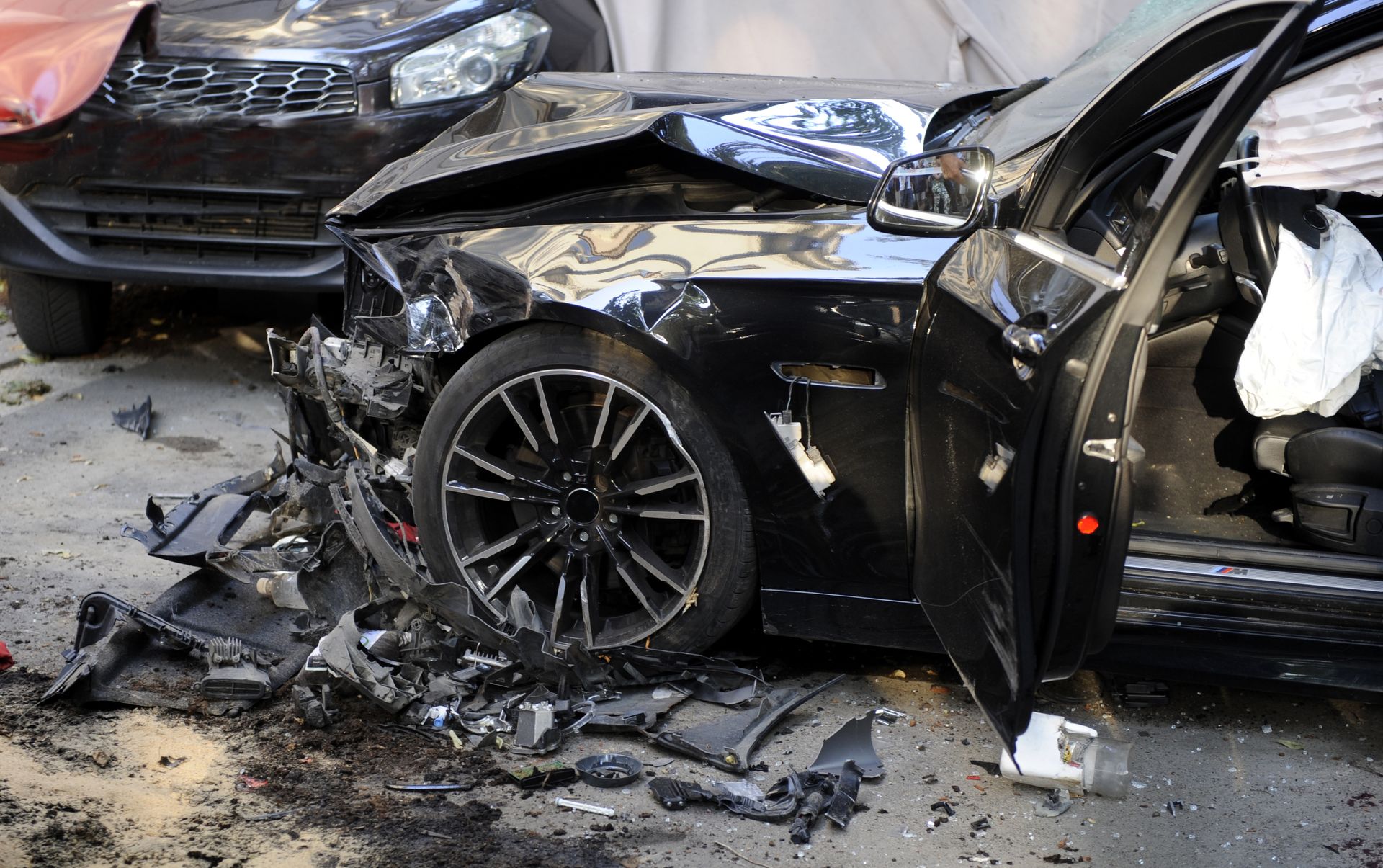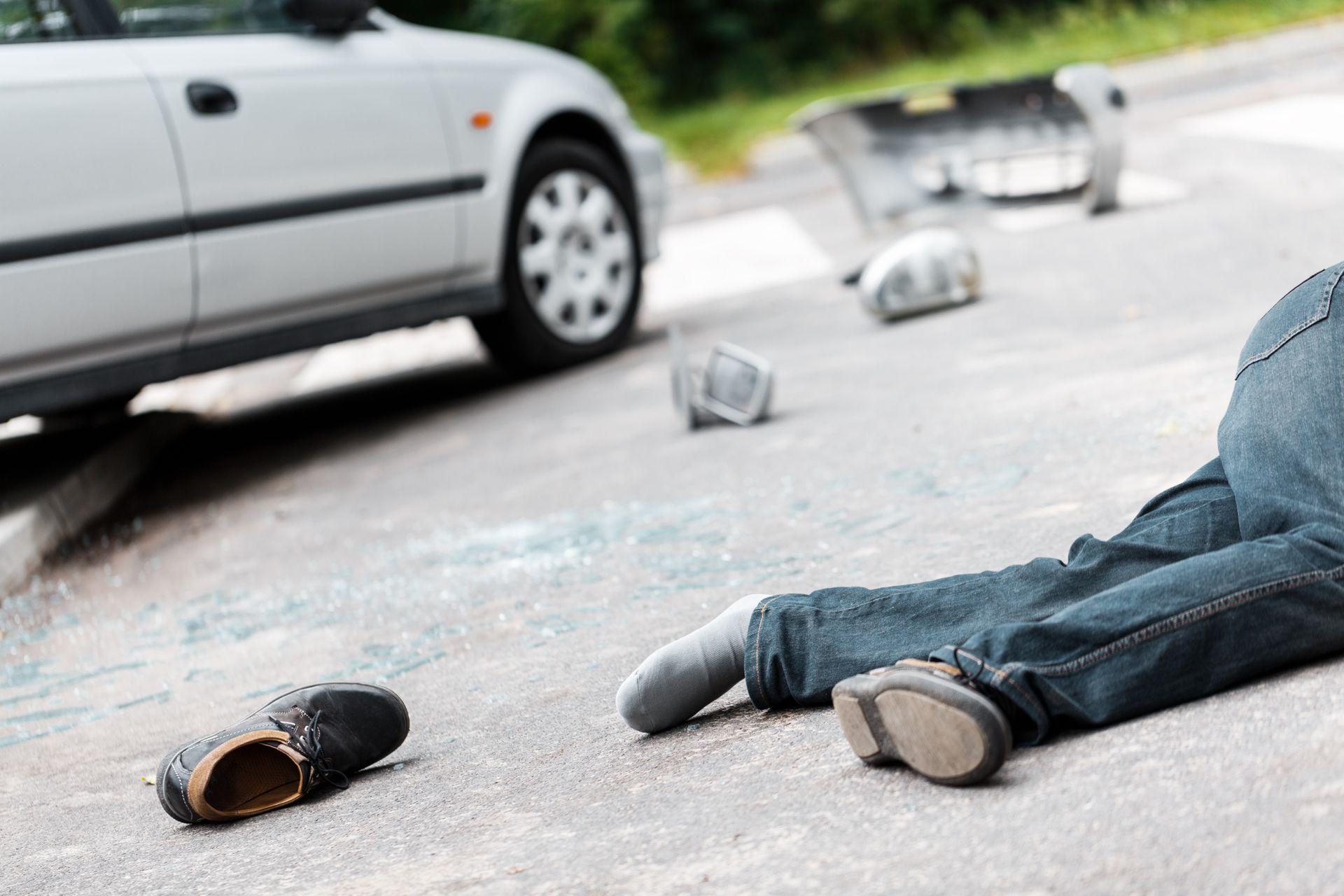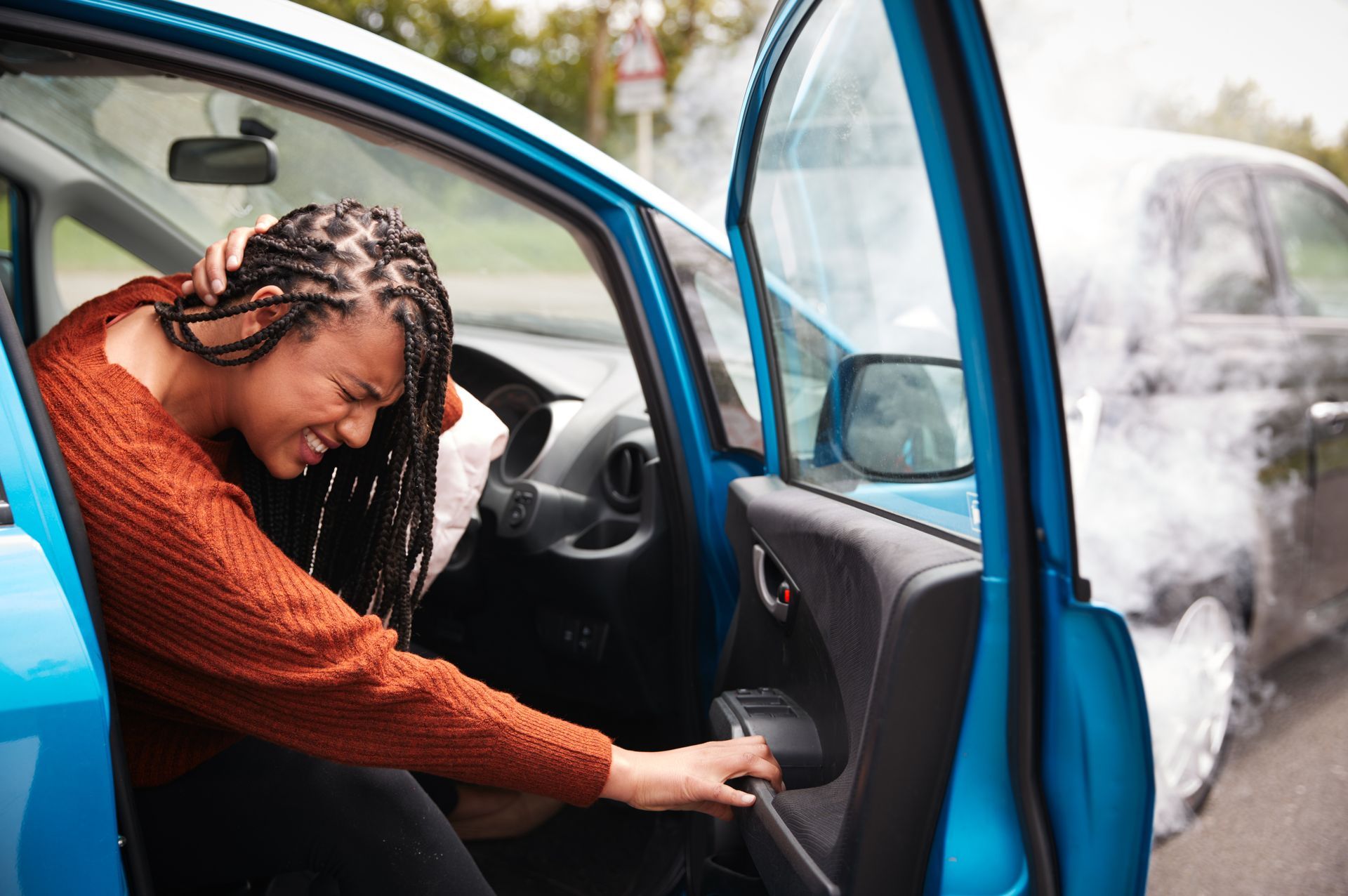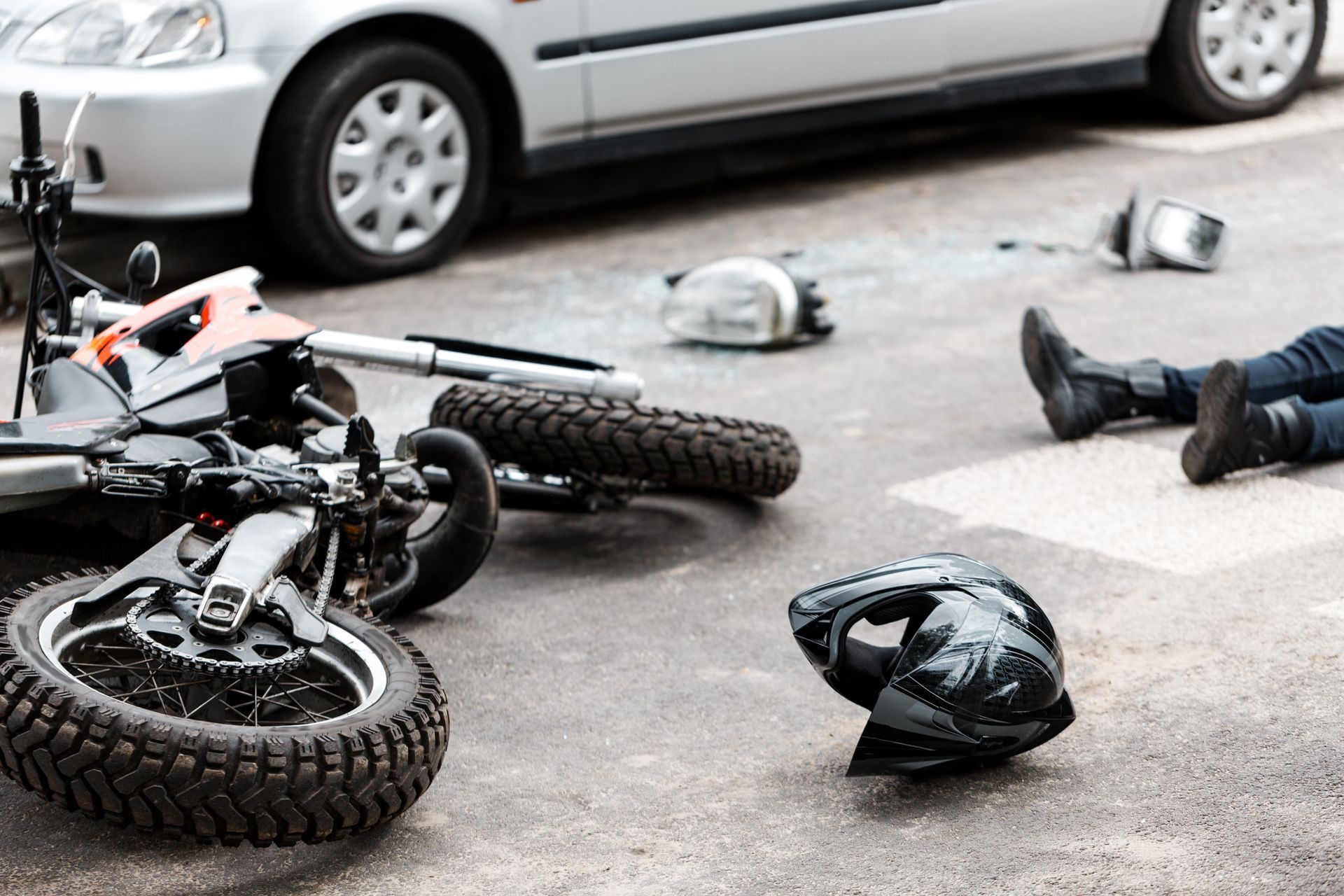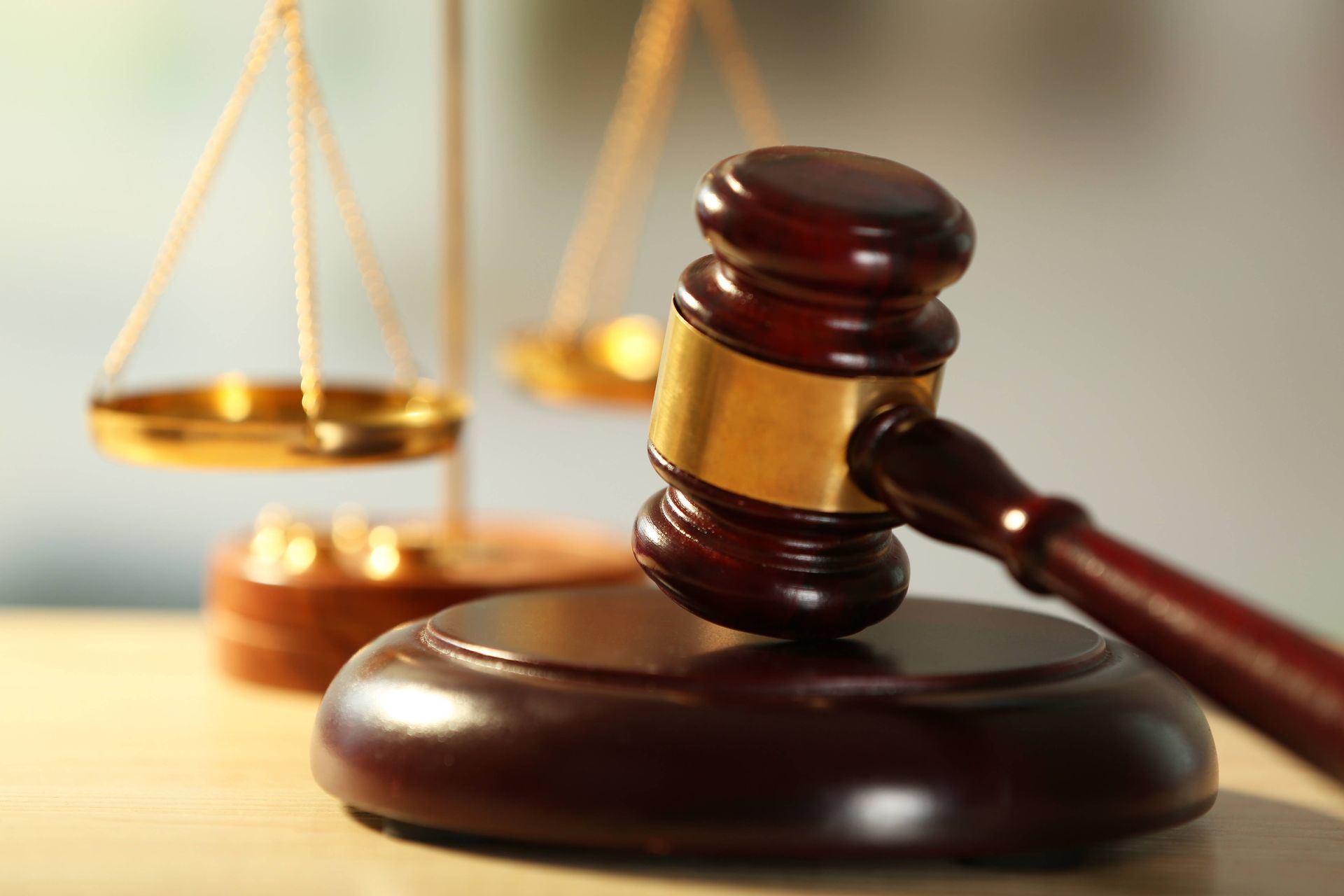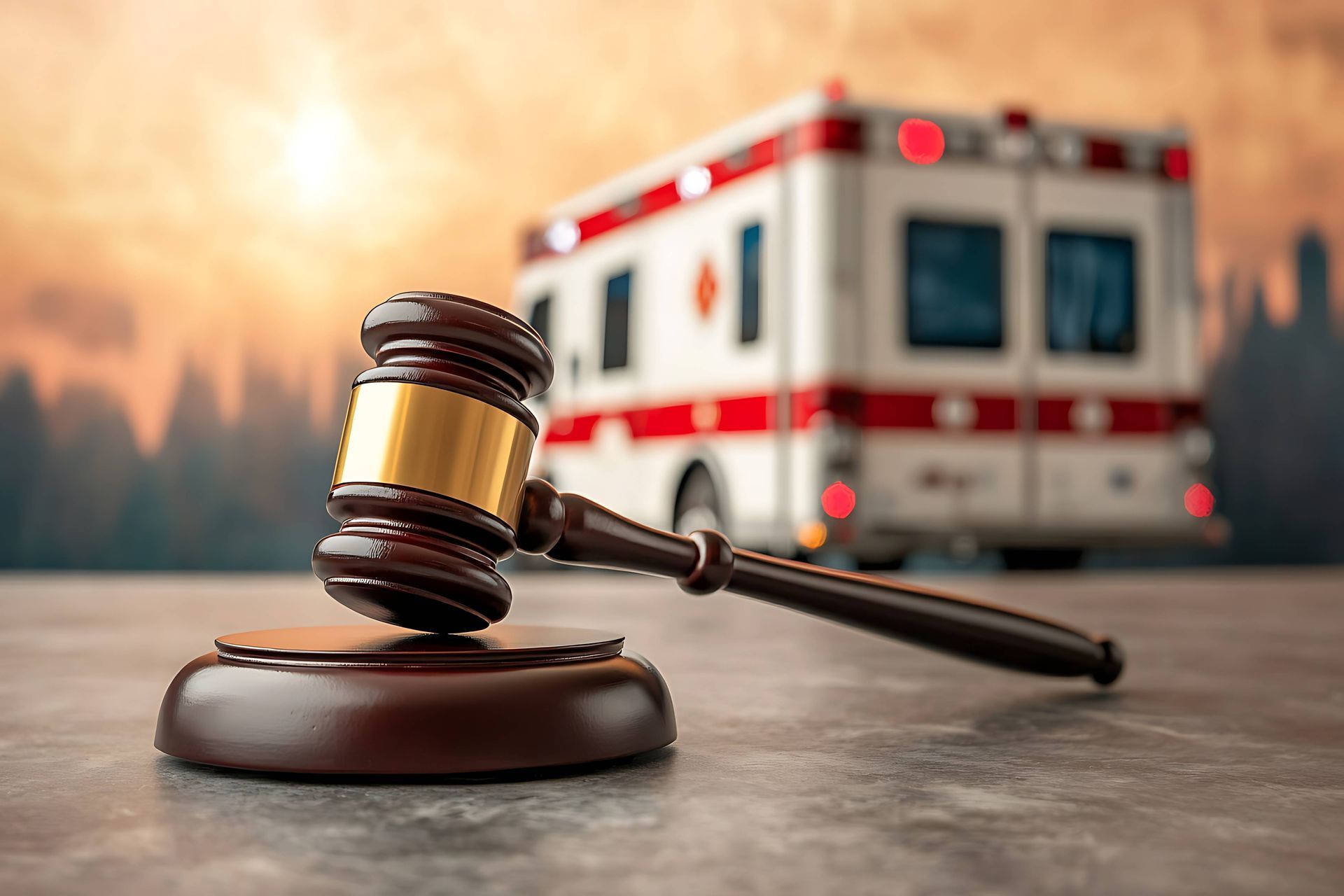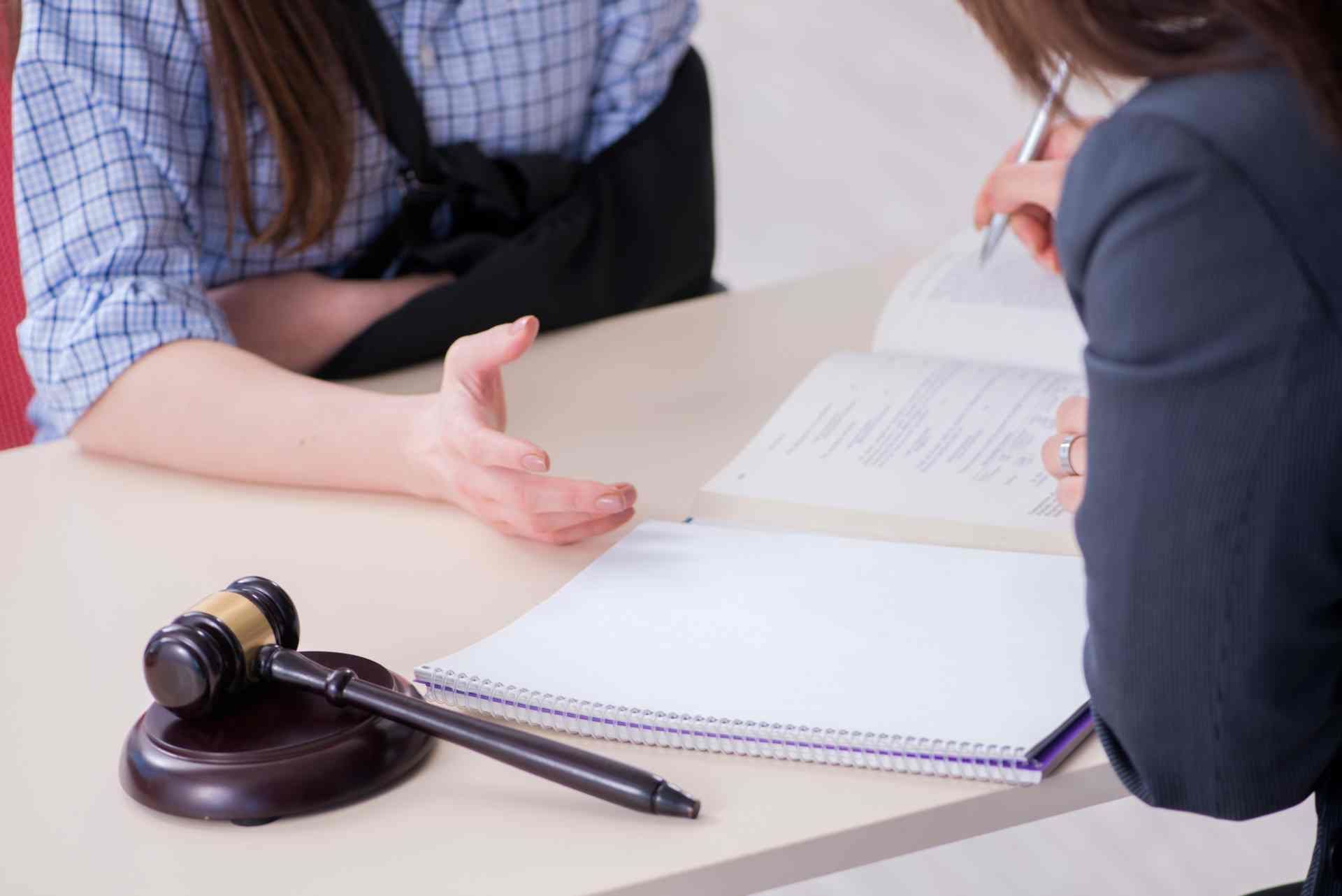Determining Liability in Car vs Pedestrian Accidents
A report by the Governors Highway Safety Association showed that drivers struck and killed at least 7,508 pedestrians in 2022. It also highlighted a shocking statistic: a troubling 77% rise in pedestrian deaths from 2010 to 2021.
In traffic accidents between pedestrians and cars, most people automatically assign blame to the driver, but this isn’t always the case. Pedestrians can also be responsible for traffic-related collisions, injuries, and deaths.
Let’s take a closer look at potential liabilities in a car vs pedestrian accident courtesy of this article by Bahe Cook Cantley & Nefzger.
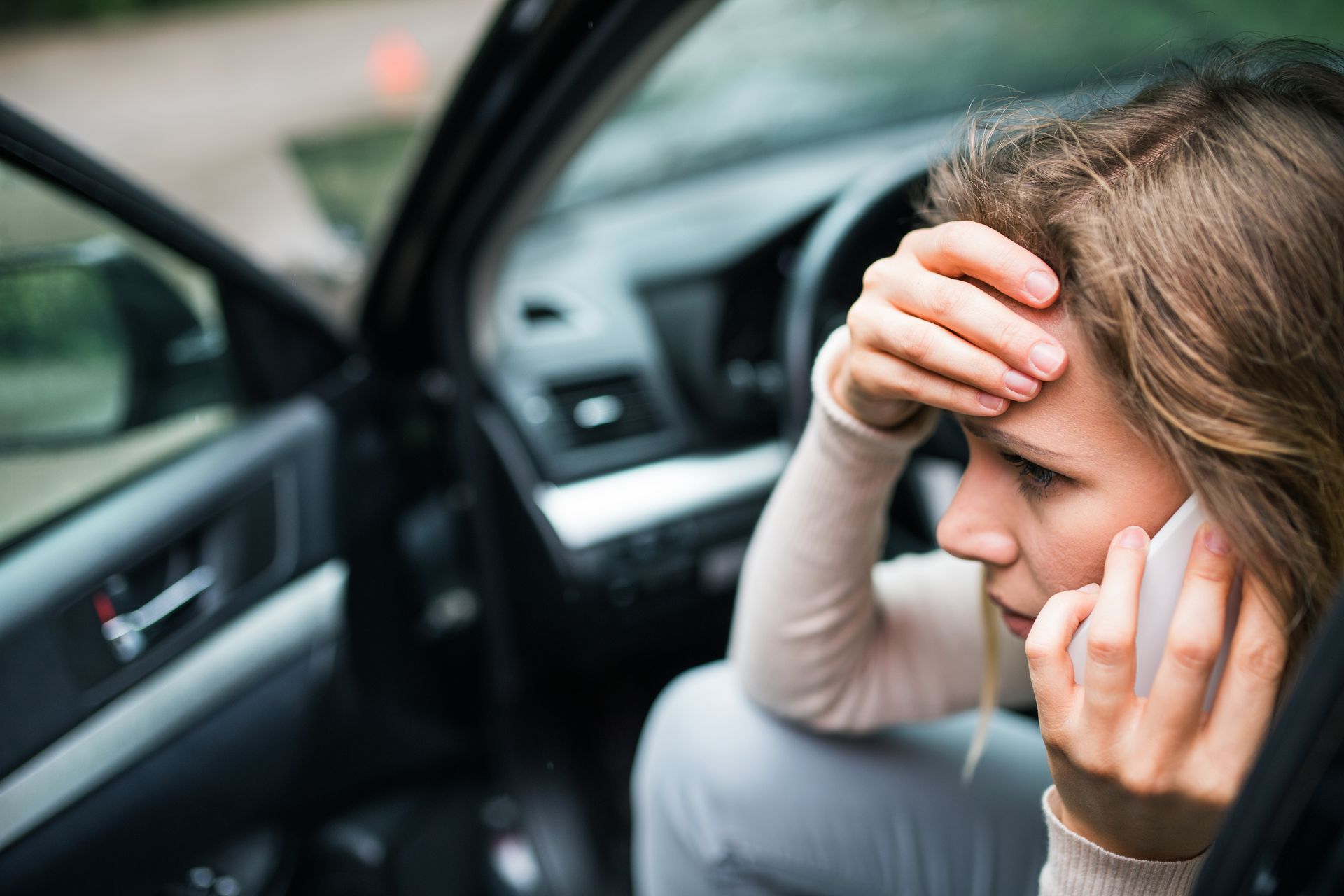
Who Is Liable for Car vs Pedestrian Accidents?
The person whose careless actions led to the accident pays for the expenses. Hence, it is important to determine liability. To establish a party’s liability, it must be proven that:
- The person who caused the accident had a “duty of care” to keep you safe
- The person who caused the accident failed to take proper precautions under the circumstances and in so doing, violated their duty of care
- The person’s thoughtless and reckless actions caused the accident
- The person’s breach of duty led to injuries and damages
Another potential outcome is shared liability between the car and the pedestrian. An experienced lawyer can help determine and prove liability so that victims can file the proper claims and recover compensation for their losses.
How To Determine Fault in a Pedestrian Accident Case
The fault is determined by looking at the actions of both parties.
The person behind the wheel is evaluated on the following terms:
- Were they following traffic rules and regulations?
- Were they driving at a safe speed?
- Were they paying attention to potential hazards like kids playing on the street?
- Were they intoxicated while driving?
- Did they show reasonable behavior under the circumstances?
If everything checks out, the driver is in the clear. However, if the driver’s negligence or carelessness led to the accident, they can be held liable for damages or losses incurred by the affected parties.
What Happens When a Pedestrian Is at Fault for a Car Accident?
Pedestrians are the most vulnerable road users and, thus, more likely to be seriously injured in a collision.
But, like the driver, they too have the obligation to use the road “safely.” If they are negligent, don’t adhere to traffic rules, or exhibit reckless behaviors, they can contribute to the occurrence of a collision.
As such, they can be held responsible for:
- Failure to follow traffic rules, signals, and directional signs
- Crossing outside a crosswalk
- Jaywalking into the path of oncoming traffic
- Unexpectedly darting in front of a car
- Failing to look both ways before crossing the road
- Wearing dark clothing at night
- Walking in prohibited areas with limited visibility
- Being distracted, such as texting or listening to music, while walking
A pedestrian who uses the road under the influence can also be at fault. Sadly, about one-third of fatal pedestrian accidents in 2019 involved pedestrians with blood alcohol content (BAC) of at least 0.08 g/dL.3.
Their negligence can manifest in one of two ways:
- They’re hit by the car
- The driver tries to stop the vehicle, swerves, and hits other vehicles instead.
If it’s established that the pedestrian is at fault, they will have to pay for all their hospital bills and other particulars. And if the driver decides to sue, they will also have to shoulder the compensation of the other affected parties.
Shared Fault in Pedestrian-Car Accidents.
Sometimes, the driver and pedestrian are both at fault in a pedestrian-car collision.
For example, a driver who is speeding hits a pedestrian wearing bright clothing. Had they stopped their vehicle in time, there would have been no damages. But, if the pedestrian was crossing the street outside of a crosswalk or jaywalking, it’s possible that the driver couldn’t predict their actions, and thus the two will share the blame.
It’s a tricky field to maneuver. As a result, the outcome of a personal injury lawsuit can vary based on who’s at fault and the jurisdiction of the state. Take a look at how contributory and comparative negligence affect the plaintiff:
Contributory Negligence
Most states will prevent the plaintiff from recovering anything if it is found that they, too, were at fault for the accident. Generally, the percentage of fault is capped at 50%, but some states take it a step further by reducing the percentage of fault to only 1%!
So, if the defendant can prove that the plaintiff had any fault in the car vs pedestrian accident, the plaintiff will get nothing from the defendant.
Comparative Negligence
If it is found that the plaintiff is partly at fault for causing the pedestrian-car accident, they will recover damages—but, it will be reduced according to their percentage of fault.
There are two variations of this:
- Pure comparative negligence: The court allows both parties to recover damages. For example, if the pedestrian was 45% at fault and the court awarded them $10,000, they would only pay damages for the remaining 55% ($5,500).
- Modified comparative negligence: If the plaintiff is at fault to a certain degree (50% bar rule) in the accident, they cannot seek damages.
A lawyer can help you better understand your available options.
Legal Options After a Pedestrian-Car Accident in Kentucky
If you’re injured or suffered damages in a car vs pedestrian accident, you’ll need to determine liability which could be assigned to the:
- Driver
- Owner of the car
- Pedestrian
- Vehicle and health insurance companies
Let’s say you don’t have insurance and the driver is at fault for the accident. What happens then?
If this is the case, the driver’s Personal Injury Protection (PIP) insurance (which covers a minimum of $25,000) will cover the pedestrian's injuries. Since this applies in select cases and the compensation isn’t always standardized, you might need to file a claim.
Note that Kentucky employs a “pure comparative negligence” system. This means that you can recover damages even if you’re partially to blame but it will be reduced by your percentage of fault.
Why Hire a Pedestrian Accident Lawyer?
A competent attorney will:
- Review your case to determine liability
- Collect and safeguard evidence and other documents related to the accident
- Present you with legal options regarding how you should proceed with your claim
If you choose to sue, they’ll handle your case from start to finish. They will also work with eyewitnesses, lawyers, and insurance companies so you can focus on your recovery. While a settlement will be the first course of action, they can proceed to trial if they believe that the compensation offered isn’t fair based on the severity of your injuries or the impact they had on your quality of life and career.
Let Bahe Cook Cantley & Nefzger Review Your Pedestrian Accident Case
If you were injured in a car vs pedestrian accident, Bahe Cook Cantley & Nefzger can improve your chances of getting the best possible compensation for your losses. We’ll investigate what happened, file your claim at the courts, and represent you throughout the process so you can focus on getting your life back on track.
Contact us to know how we can help.

